Folk remedies for moths
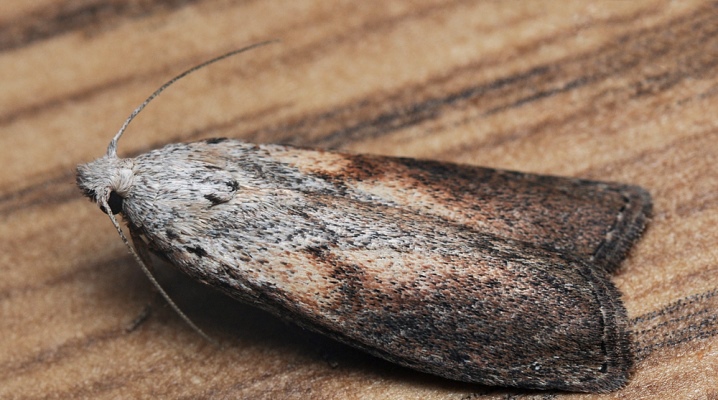
Surely everyone at least once in his life came across such an unpleasant insect as a moth. The appearance of these seemingly harmless butterflies always promises a person a lot of trouble and trouble. But do not be afraid to find unwanted roommates. You can get rid of them at home.
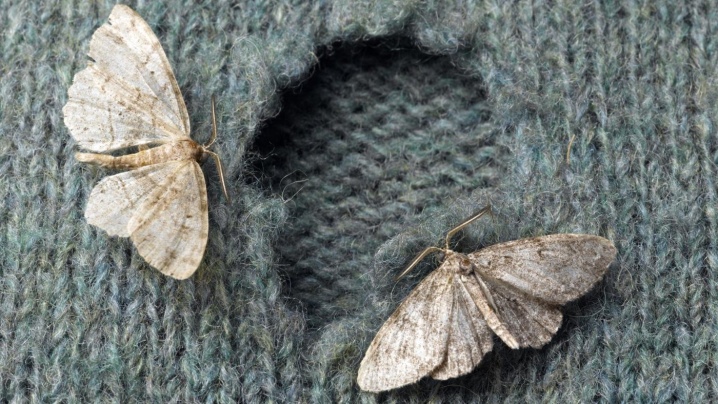
Advantages and disadvantages
You can remove a mole from an apartment or house with the help of pesticides or folk remedies. Preference is most often given to folk methods that are completely safe for residents. The use of "grandmother's" methods will be much cheaper than calling specialists for pest control or buying expensive chemicals.
If a food moth has settled in the house, then folk remedies against moths are the only option, because the use of chemistry next to food and dishes is unacceptable. It is all the more undesirable to use poisonous agents in a house where small children and pets live.
Perhaps, the only drawback of folk remedies is that in some cases they require a lot of free time and patience. Nevertheless, all these methods were tried by our grandparents, which gives confidence in their effectiveness. However, if parasites literally invade the whole house, it is worth acting quickly. In this case, you still have to go to chemical pest control.
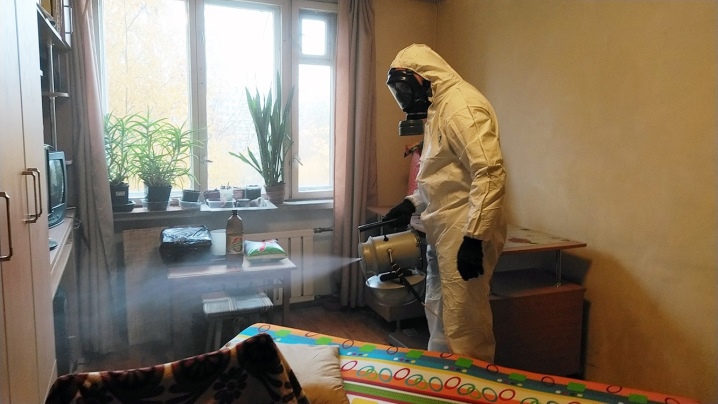
The most effective methods of struggle
To quickly get rid of moths at home for good, first you need to find the place where the caterpillars and eggs are located. An adult butterfly does not pose any danger, but caterpillars are the main pests, because it is they who eat food and clothing.
It is impossible not to notice the appearance of moths: usually flying butterflies appear first, and then the consequences of their stay in the house in the form of spoiled things and products are visible. For effective control of moths, it is important to know which species of these insects has settled in the dwelling. In the house, 4 types of moths most often appear:
- food;
- furniture;
- fur coat;
- wardrobe.
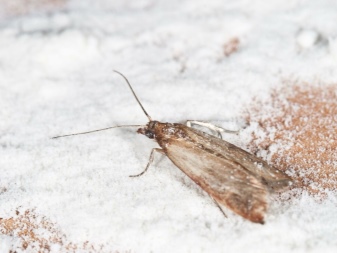
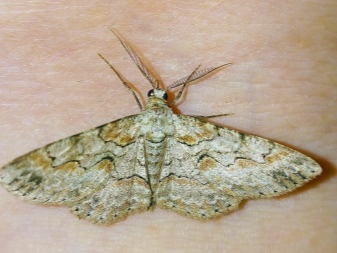
In closets with clothes, fur coat and clothes moths live.
Even wrapping them in polyethylene will not help protect fur products from fur moths: on the way to the fur coat, the caterpillars can easily gnaw through dense material. In addition to fur and woolen clothing, this type of moth feeds on books, felt items or feathers from pillows.
There is a misconception that the clothes moth feeds on clothes. In fact, they feed on skin scales and sweat, which a person leaves on his clothes, and the fibers of the fabric are simply “a snack”.
Upholstered furniture is a favorite habitat for furniture moths. This type of moth feeds on soft upholstery and textiles, but it can also feast on wool and fur.
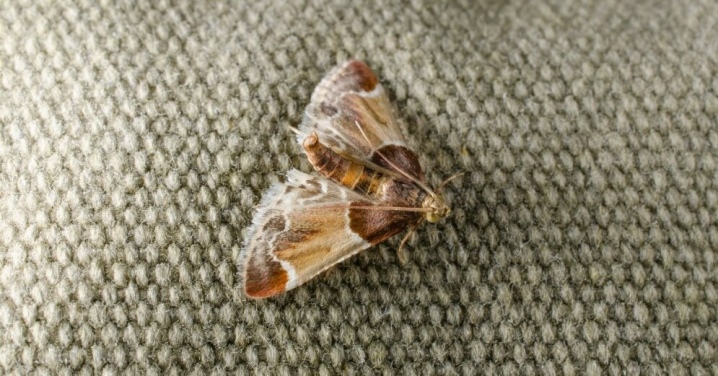
Most people suffer from food moths. These pests not only feed on food, but also make them unsuitable for further use. After insects stay in food, you can find their excrement, husk from caterpillars and particles of their skin. Products spoiled by this type of moth should in no case be eaten, as this threatens the strongest intoxication of the body.
So, in order to in order to control moths, it is necessary to find a habitat for these insects, and it is also recommended to carry out a general cleaning before proceeding to the destruction of pests. The moth prefers secluded dark and damp corners of the house, so special attention should be paid to dressers, bedside tables and wardrobes.
During cleaning, it is necessary to clean all the upholstered furniture in the house, sort through and revise all things, examine books (eggs and caterpillars can be safely hidden in them), all home textiles, pillows. Carpets are best taken outside and knocked out, while fur coats, coats and other outerwear should be dry-cleaned.


The food moth lives in flour, cereals, dried fruits, nuts, and even tea. These are the foods that are first checked for eggs and moth larvae. For convenience, it is best to spread out newspaper or unnecessary paper and pour all bulk products into it. Moth egg clutches look like clumps that won't break apart.
To completely remove these insects, it is necessary to destroy both eggs and larvae and adults. The moth lives only 5 weeks, but reproduces from the third day of life, and if no measures are taken, the number of insects will only grow. There are many ways that have been tested on the experience of previous generations.
The most effective of them are described below, which will definitely help to poison these insects.
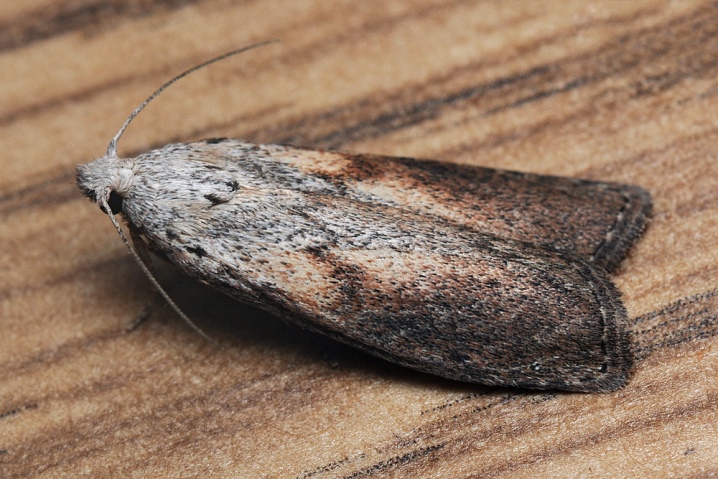
Vinegar and garlic
Despite all the harm that moths do, they still remain delicate butterflies and cannot stand the pungent odors that vinegar and garlic have.
The garlic must be peeled and cut into slices, which are laid out in bookcases, wardrobes and bedside tables. When using vinegar, prepare an aqueous solution (50 to 50) and rinse the cabinets and floors with it.
Another way: a few tablespoons of vinegar are heated in a hot frying pan, and then the frying pan is placed in the cabinet and closed for 10-15 minutes. Of course, after working with vinegar, you need to ventilate the rooms that have been processed. The procedure will most likely have to be repeated several times. Vinegar will help to get rid of moths in one treatment only in the early stages, until the moth has multiplied and formed a colony. The result of this treatment will be a decrease in the number of insects. Adult butterflies will not die, but they will not be able to find a partner for breeding, and you can kill the larvae and egg clutches by pouring undiluted vinegar over them.
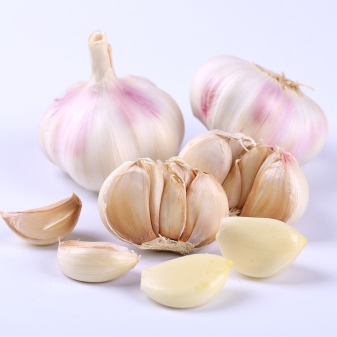
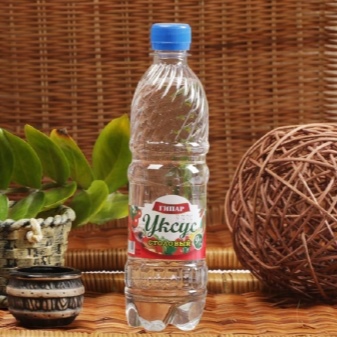
Geranium
This indoor flower is the main enemy of both moths and other insects. Geranium leaves release ethereal vapors, due to which the moth loses its ability to reproduce. Flower pots should be placed throughout the house, and plant leaves should be placed in cabinets.
This flower is recommended to be purchased, even if you do not have a moth, for prevention. Indeed, in a house where there is geranium, insects will not want to settle.
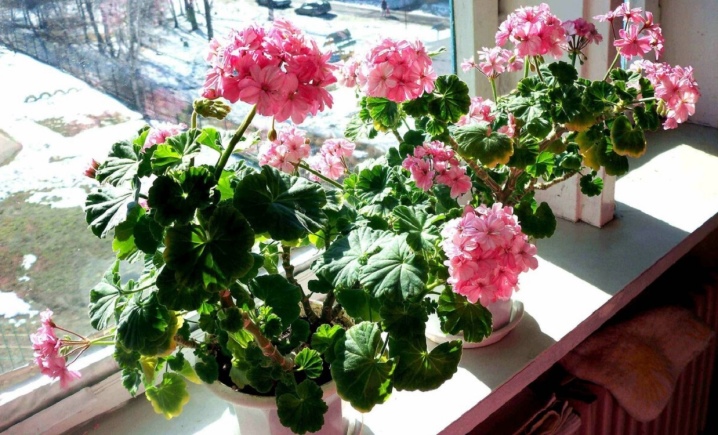
Laundry soap
The simplest, but at the same time, the best remedy is laundry soap. This versatile remedy helps repel all types of moths thanks to the alkaline smell of laundry soap. The soap bars will scare off adult butterflies and restrict the movement of the larvae.
A piece of soap should be cut into small pieces and put into pockets of clothes, wardrobes, both wardrobes and kitchen cabinets. It is necessary to put soap in all secluded places throughout the house. This is exactly the case when the more the better. It will not be superfluous to wash things with laundry soap.
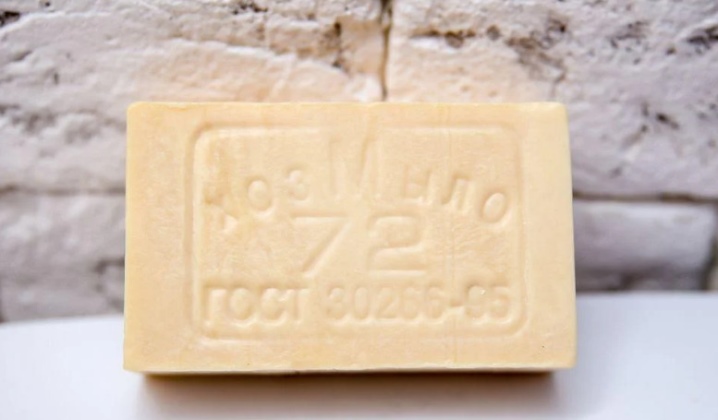
Cloves, thyme, rosemary
The spicy aromas emanating from clove, thyme and rosemary help fight moths. To scare away these insects with spices, you need to prepare bags and fill them with spices.
Fragrant bags are laid out in all moth habitats.


Citrus peel
The smell and essential oils secreted by the peel of citrus fruits are not to the taste of pests. The citrus scent will scare off adults, and the female will not be able to lay eggs near the peel of an orange or lemon. This method is suitable for dealing with both food and clothes moth, and is more a preventive method. Both fresh citrus peels and dried ones are used.
Fresh peels are placed in cupboards and replaced when they begin to dry out. The dried skin is crushed and poured into bags, which can be put both in the closet with things or products, and in the pockets of outerwear.

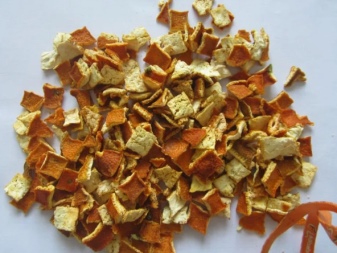
Naphthalene
Naphthalene is the only folk remedy with an insecticidal effect. Our parents considered naphthalene to be the most effective way to kill moths, but it is worth remembering that mothballs should never be used in the kitchen or over clothing., since naphthalene contains chemistry. This method is not suitable for use in homes with small children and cancer patients.
You can safely remove the mole using naphthalene in the following way: Place mothballs in bags and hang them in the corners of wardrobes or bookcases.
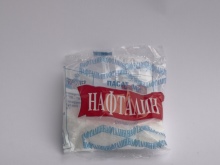

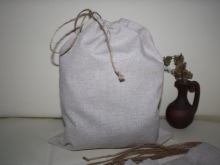
Essential oils
Essential oils will help protect expensive clothing by leaving a pleasant scent on it. This method has a deterrent effect. Mint, clove, eucalyptus, rosemary, lemongrass, fir and citrus oils are suitable for use.
Oils are poured into small containers and placed in the necessary places, or they are moistened with cotton pads and laid out in cabinets.

Tobacco
To eliminate moths, both ordinary smoking tobacco and fragrant tobacco, a houseplant, are used. Smoking tobacco is not suitable for protecting clothing from moths, as such an aroma from clothing is unlikely to suit anyone.
Ordinary tobacco is poured into bags, by analogy with spices, and laid out mainly in furniture. The fragrant tobacco plant is used by analogy with geraniums - it is simply placed around the house.
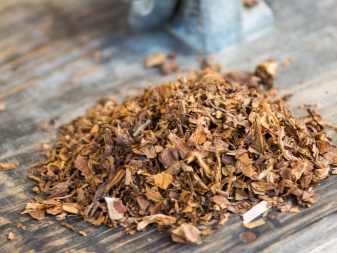

Dill
Dill and tansy have a pronounced odor and are used to protect food and clothing. Both dill seeds and twigs are used.
The seeds are usually poured into the pockets of clothes, and the dill sprigs are laid out in the closets.
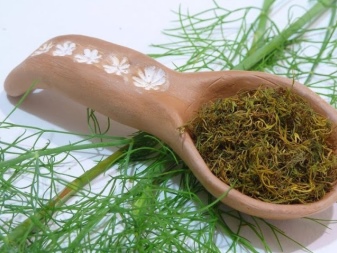
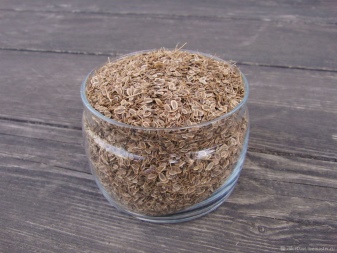
Lavender
Lavender has a long-lasting and pleasant scent. In the fight against moths, all derivatives of this plant are used: lavender essential oil, flowers and leaves. The smell of lavender will reliably scare off both adult butterflies and larvae.
Dried lavender sprigs can be put into clothing pockets, stacked with them, and simply laid out in kitchen or wardrobes. To prevent the appearance of moths, crushed dried lavender in bags is used. And also lavender oil is used for wet cleaning in an infected room. To do this, add a few drops of lavender essential oil to the water.
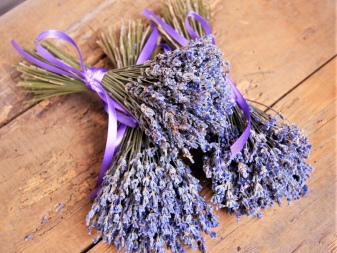
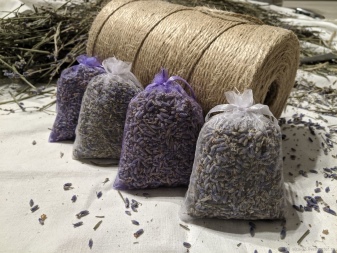
Chestnut
Chestnut has proven itself well in the fight against moths, and it will not be difficult to find it. The first step is to dry the fruit. Raw chestnuts can become moldy and reduce their effectiveness. Chestnuts are laid out between things, in wardrobes and kitchen cabinets, in the pockets of outerwear. To make this method more effective, the chestnuts can be chopped up and placed in cloth pouches.
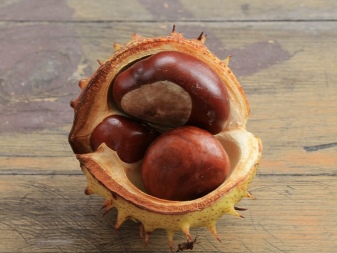
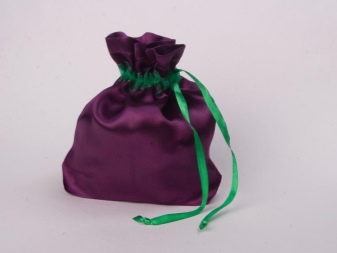
Other
The well-known fragrant plant, wormwood, helps to remove the moth. Both twigs and chopped wormwood in bags are used. This method is suitable for use in closets or utility rooms, as using in closets with clothes will result in all things having a strong scent.
If the moth starts up in the kitchen, then black pepper, which is in every home, will help. Ground pepper is used, it must be poured into a container without a lid and placed in all kitchen cabinets.
To enhance the effect, you can additionally expand the bay leaf or the leaves of the walnut tree. When food moths appear, kitchen cabinets are treated with a soda solution.
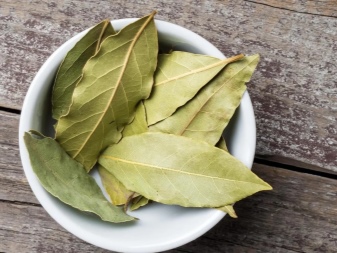
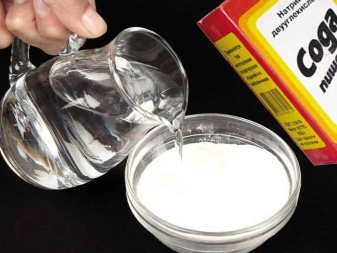
It is believed that moths do not like printing ink (used for printing newspapers). The newspaper is ideal for protecting winter shoes with fur. To do this, you need to crumple the newspaper and fill the inner space of the boots or boots tightly. Newspapers can also be used to cover the bottom of the drawers.
To prevent the appearance of moths, empty perfume bottles are used, which still retain the smell.
In addition to smells, moths are afraid of heat and cold. In the past, when there was no trace of chemical agents against these pests, in winter, moths were destroyed only with the help of cold. At the same time, the temperature outside should be below -15 degrees.
This method will really help you forget about the moth forever: in the cold, butterflies, caterpillars, and even egg-laying die in a few hours.

Eggs and larvae in the cereal can be killed by drying in the oven or by sending them to the freezer for several hours. In the summertime, it is recommended to take out and dry the affected things in the sun, because the moth, in addition to temperatures, is afraid of bright light.
Conifers are excellent in the fight against moths. Coniferous twigs, essential oils and even cones are used. Especially insects do not like the scent of cedar. Caucasian chamomile powder is also a proven remedy. It is placed, like all crushed products, in bags and laid out in the affected areas or scattered on the floor every one and a half meters.
In addition to laundry soap, you can use any other soap with an unpleasant smell, for example, tar. Camphor has an unpleasant odor for moths. To scare away insects, cotton swabs dipped in camphor are laid out in closets with clothes.
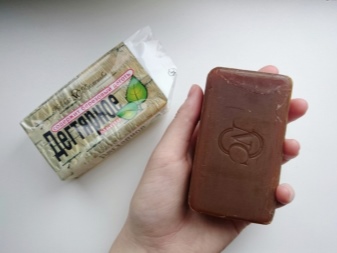
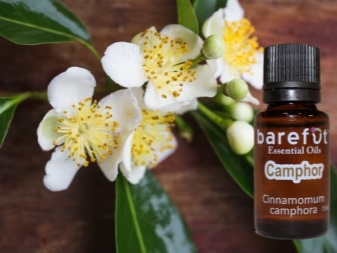
Helpful hints
Of course, moths don't come out of thin air. Butterflies can fly into the house through a window, front door, through cracks or vents. Pests can be brought in by the residents themselves - in food or in things. To prevent the appearance of moths in the house, you need to install mosquito nets on windows and vents.
Loose products must be stored in airtight containers or tightly closed jars, then pests cannot penetrate into cereals. Unfortunately, it often happens that the moth is already in purchased cereals, tea or dried fruits. After purchasing food in a store or bazaar, it is worth examining or sorting through them to make sure there are no moths.
If there is a moth in the house, or the room has been treated against moths quite recently, it is better not to stock up on food for future use. Butterflies can also be found in salt, which insects do not feed on, but live in it perfectly.
It is also better to check the bags of vegetables - sometimes adults lay eggs in vegetables.
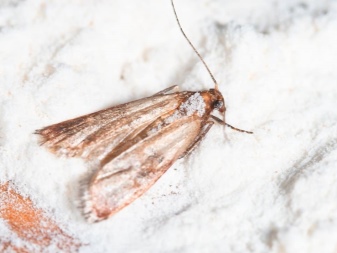

It is best to store seasonal clothing in a vacuum bag. Things must be washed and ironed. For fur or leather outerwear, you can buy special covers. Several times during the warm season, you need to check the safety of a fur coat or jacket by shaking. If there are eggs or caterpillars on the item, they will immediately fall out.
For prevention, it is better to periodically dry and ventilate fur products. A moth will never want to live in clean clothes. These insects will only be interested in the clothes that have already been worn. If the thing is not planned to be worn for a long time, then it is imperative to wash it or dry-clean it - and only then put it into the closet.
Adult butterflies, unlike larvae, cannot eat, but they can drink. Water prolongs the life of an adult, which means that they will reproduce successfully. If a faucet or pipe is leaking in the kitchen, troubleshoot. And also it will be useful to keep the kitchen sink dry and clean.

Carpets are a favorite spot for moths. To prevent the appearance of these insects, carpets should be regularly vacuumed, even if not in use and stored rolled up. The moth does not like cleanliness, so the house or apartment should always be carefully cleaned. For prophylaxis, you can add a little vinegar, turpentine or a couple of drops of essential oil to the water on an ongoing basis when cleaning the floors.
A few weeks after the treatment of the premises from moths, it is necessary to re-examine the entire house, and with particular attention check the places in which the larvae and egg-laying were located. It is likely that some area has been missed and re-processing is necessary.
Do not neglect the tips for preventing the appearance of these insects, because the moth starts up very quickly., and it is not always possible to notice this in time, and it is very difficult to remove insects. It is always easier to prevent the appearance of moths than to spend huge efforts to combat it later.
How to get rid of moths simply and permanently, see the next video.













The comment was sent successfully.